A Work of Art Competition: Just for Black People?
By Yusmi Rodriguez
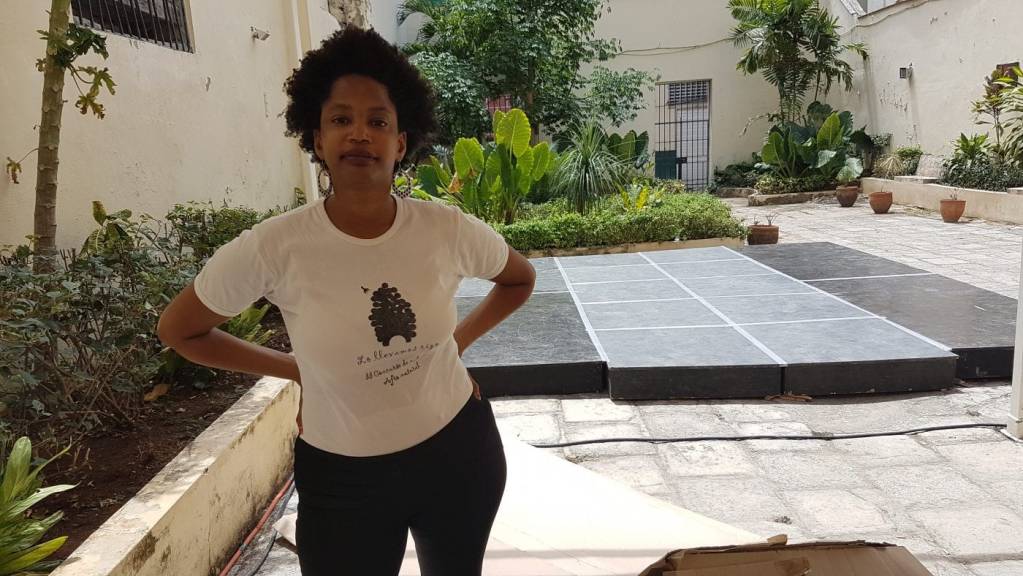
HAVANA TIMES – Susana Pilar Elahante Matienzo realized that she didn’t know her own hair, at 17 or 18 years old, when she went to study at the Superior Arts University (ISA).
“When I was a little girl, they would straighten my hair, then they relaxed my hair; then I would do it myself. I felt like a slave to the hairdresser, having to go all the time to relax my hair; my roots would come out and I’d have to run to the hairdresser. I thought about not even knowing what my hair was really like. So, one fine day, I stopped going to the hairdresser and I began to let my natural hair grow out along with the relaxed hair, until all I had was natural hair.”
If natural afro hair is being awarded a prize, it’s because it has value
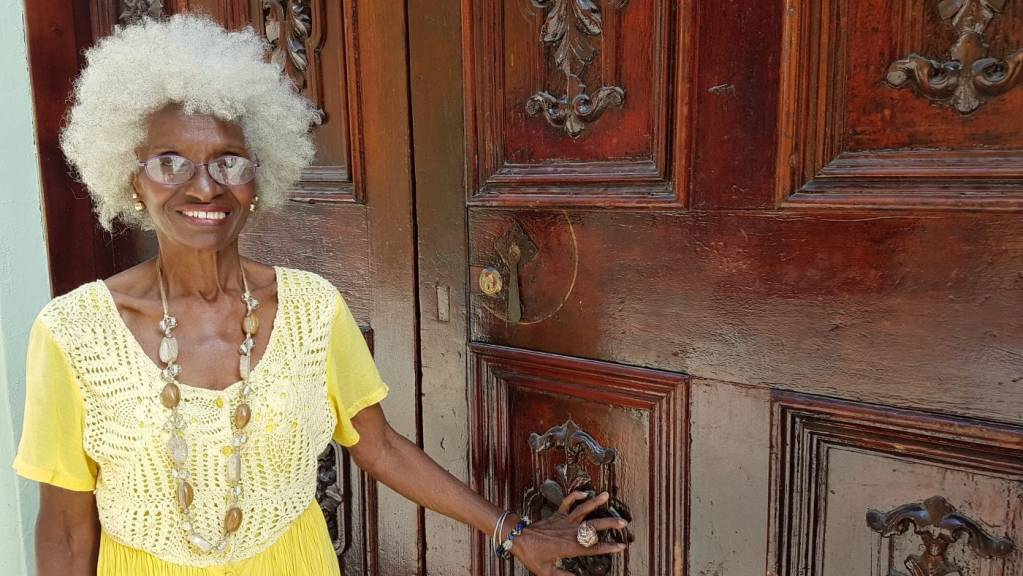
Leaving her natural afro hair as it is has led to many a criticism and taunt. In fact, talking about racism, she says that “not everything has been resolved yet, we still have a lot to do,” the racism that comes to her mind have to do with her hair.
“I went to an African store in Sweden, and the owner, a black African, told me that my hair wasn’t right. “You have to do something with your hair, my sister.” I left, insulted. In Cuba, people have shouted things at me like “brush your hair”, “you got hit by a bolt of lightning”.
She clarifies, outright, that these comments are made by black men. Machismo as well as racism? Another form of control that men want to hold over women’s bodies and appearance? Maybe; Susana believes that it could be a subject worth investigating. Are African and our fellow black countrymen’s attitudes disappointing? Without a doubt. She believes that this is the result of the colonization process we have experienced.

In Senegal, she saw remnants of this colonization too. There, she saw people with natural hair, but also people with extensions or straightened hair, and many women were even trying to lighten their skin with products that are extremely harmful to their health.
When she received these reactions for her natural hair, Susana could have given in and gone back to relaxing her hair or let these comments slide. But, she preferred to ask herself what she could do about it as a visual artist.
“I could maybe do a piece of performance art, in which I complain; people watch it and say, “ah, yes, that’s happened to me.” But, it doesn’t go much further than that. So, I thought about organizing this project in the form of a competition in which we would show natural hair in a positive light. So people would say “if natural afro hair is being awarded a prize, it’s because it has value.”
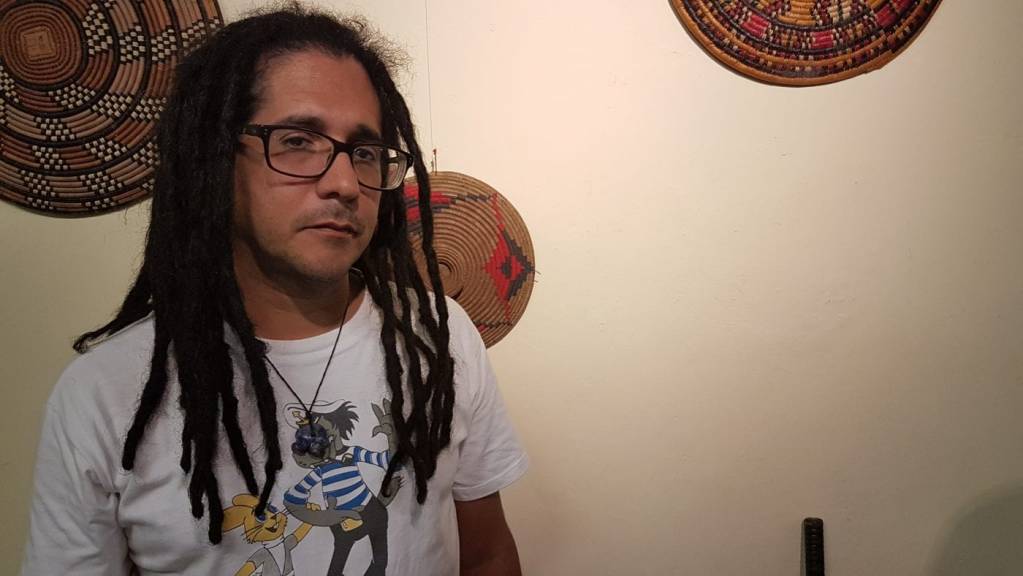
During the Entre, Dentro, Fuera event, which was held at the Pabellon Cuba, in the 2015 edition of the Havana Biennial, she put forward the competition for Natural Afro Hair “Lo Llevamos Rizo”.
“Then, many people saw me on the street and would come to ask me why I didn’t do it again. When the curator of the Detras del Muro project, Juanito Delgado, invited me to take part in the 13th edition of the Havana Biennial as an artist, I proposed the second edition. It’s a work of art in which the public play an active role. For me, one of the best ways to touch an audience is to get them active.”
We all came out winning
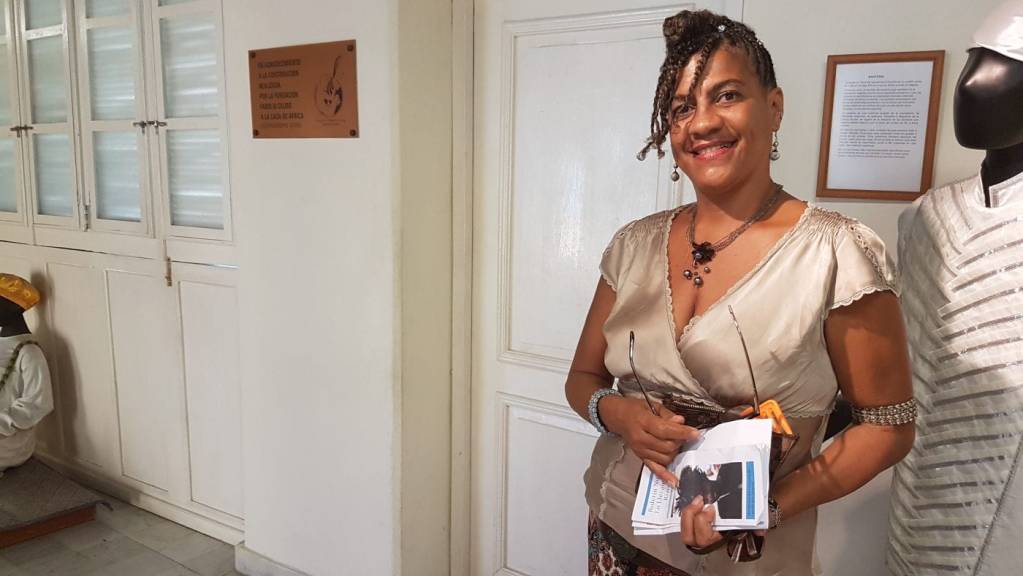
Whether the participants win a prize or not, they all win something, as they receive information about how to look after their hair, what products to use, where they can buy them. Susana says that she feels rewarded because she herself has learned a lot. There have been conferences, workshops, movie screenings at both editions. “In 2014, it lasted a week or ten days. This time, we began in March and we will have workshops until the first two weeks of May. The awards ceremony will take place on May 11th at 5 PM on Havana’s Malecon. The exact place has yet to be confirmed.”
These activities have been open to the general public: to anyone who has their natural afro hair and to those who have straightened it, so they can raise awareness and reintroduce natural afro hair into Cuba’s socio-cultural landscape.
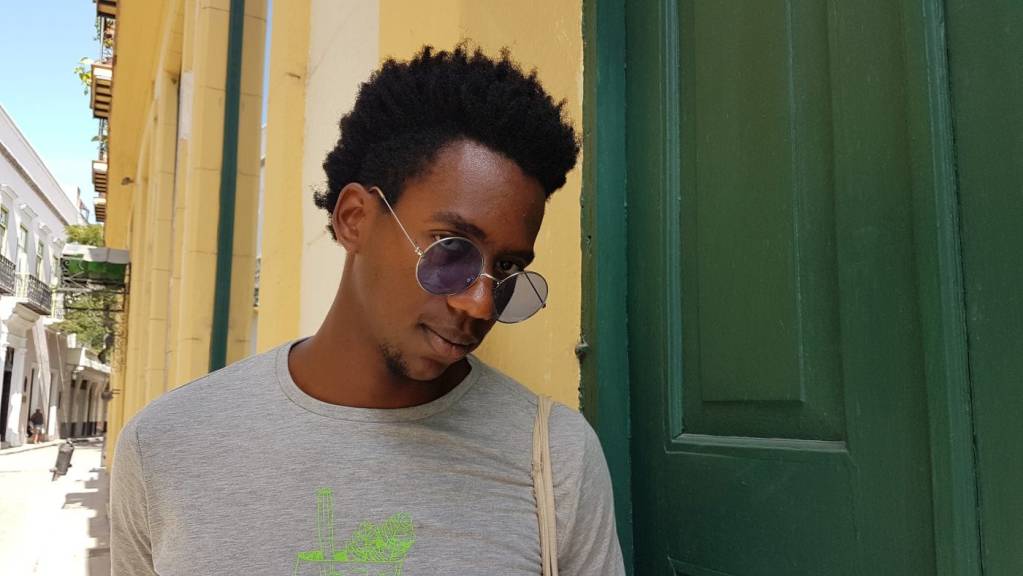
Unlike in 2015, when the audience was the jury, this year, there is a jury in addition to the public, and this jury still remains a mystery. Susana won’t tell us whether they will judge by photos or whether they were incognito at the events. But, she does tell us about the competition’s categories.
“We have the afro, dreadlocks and braid types. Categories: child and adult. In the case of dreadlocks, the jury will look for the best looked-after. They will also assess the care of afro hair, making sure it is hydrated. It doesn’t matter how long it is; there can be a very big afro but with knots at the ends. With braids, they will judge the design. The design must be by the participant them self, even if it is done by another person.
“It’s important that they come with their stylists this day; because even though the award goes to the participant, we want to publicly recognize the person styling the hair or helping out. The jury will also make sure the braids don’t produce dandruff or harm to the scalp. The awards are also a surprise.”
Many of our participants are light-skinned or white

One of things that makes Susana most happy is the number of sponsors the event has, including projects Que Negra!, by Erlys Pennycook, the creator of this line of hair products; Afro Cuban Culture Beyond Roots, from Guanabacoa; Detras del Muro; la Galería Continua, the Goethe Institute and the Havana Biennial, as well as a crowdfunding campaign.
Even though “Lo Llevamos Rizo” is a competition for natural afro hair, Susana clarifies that it isn’t just a competition for black people.
“We live in a country where miscegenation is very great. Many of our participants have light skin or are white, but they have afro hair, because they are mixed race. And, they experience the same things as us, their husbands telling them to straighten their hair; their friend asking why they don’t do use keratine.”
Her travels and research have allowed Susana to learn about the existence of movements that promote natural afro hair in Dominica, Brazil, Colombia, France and the US.
Susana Pilar is 34 years old and as well as graduating from ISA, she is a graduate of San Alejandro Art Academy in Havana and the Karlruhe, Germany Center of Art and New Age Media. She mostly works with video, performance art, photography and installation art.





